By A Mystery Man Writer
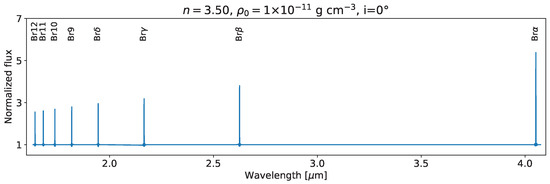
The IR spectra of Be stars display numerous hydrogen recombination lines, constituting a great resource for obtaining information on the physical and dynamic structures of different regions within the circumstellar envelope. Nevertheless, this spectral region has not been analysed in depth, and there is a lack of synthetic spectra with which to compare observations. Therefore, we computed synthetic spectra with the HDUST code for different disc parameters. Here, we present our results on the spectral region that includes lines of the Brackett series. We discuss the dependence of the line series strengths on several parameters that describe the structure of the disc. We also compared model line profiles, fluxes, and EWs with observational data for two Be stars (MX Pup and π Aqr). Even though the synthetic spectra adequately fit our observations of both stars and allow us to constrain the parameters of the disc, there is a discrepancy with the observed data in the EW and flux measurements, especially in the case of MX Pup. It is possible that by including Brackett lines of higher terms or adding the analysis of other series, we may be able to better constrain the parameters of the observed disc.

The Milky Way is a galactic cannibal that's 'eating' other galaxies so it can grow, researchers claim

Galaxy S20 FE - Samsung free app - Samsung Members

21,100 24 Anniversary Images, Stock Photos, 3D objects, & Vectors
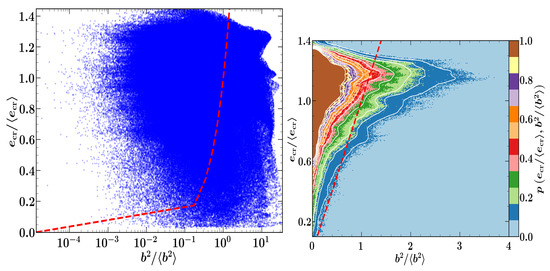
Galaxies, Free Full-Text
Catalog - EQ Cores & Recycling, engine quest
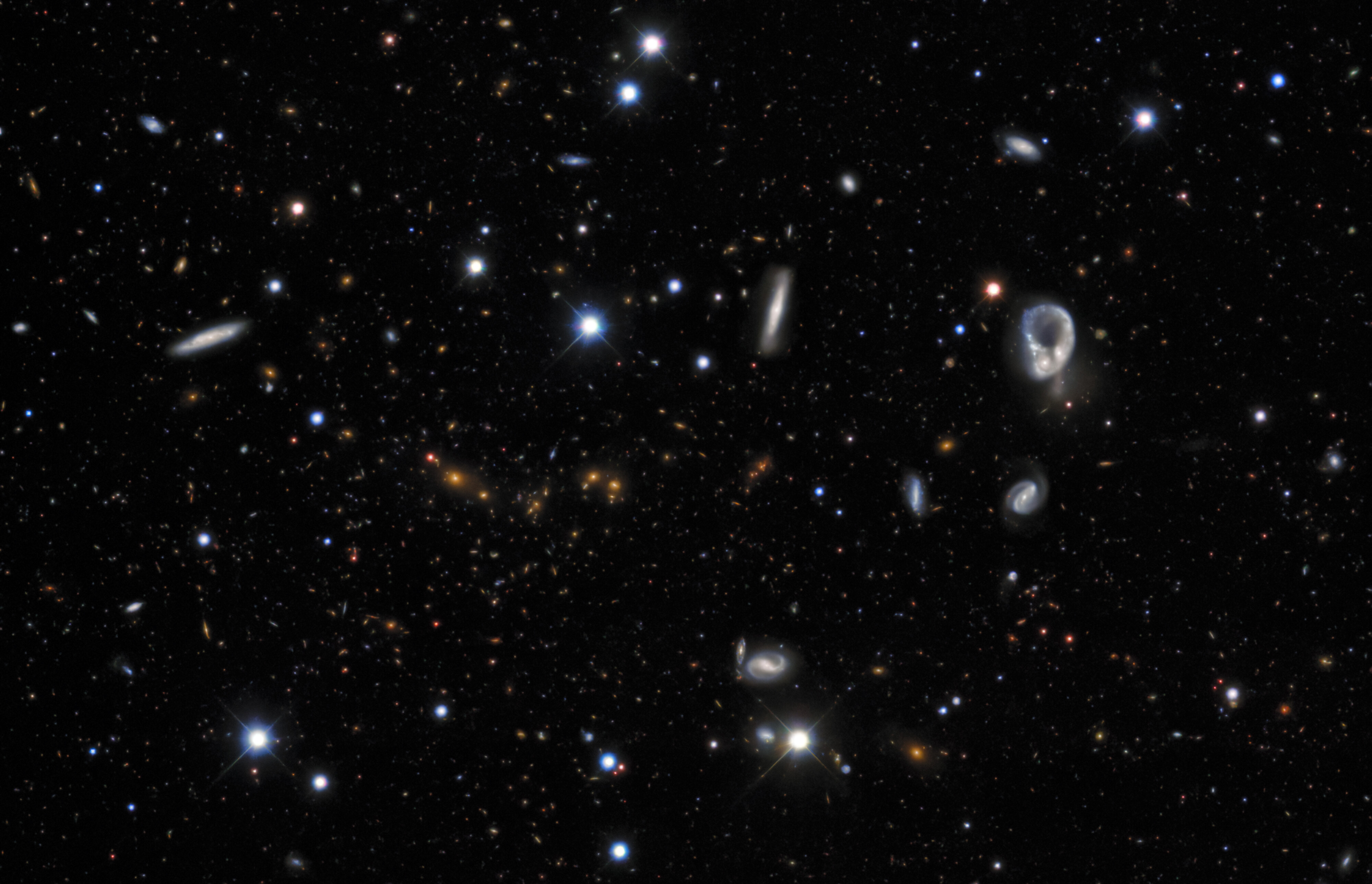
A Sky Full of Galaxies
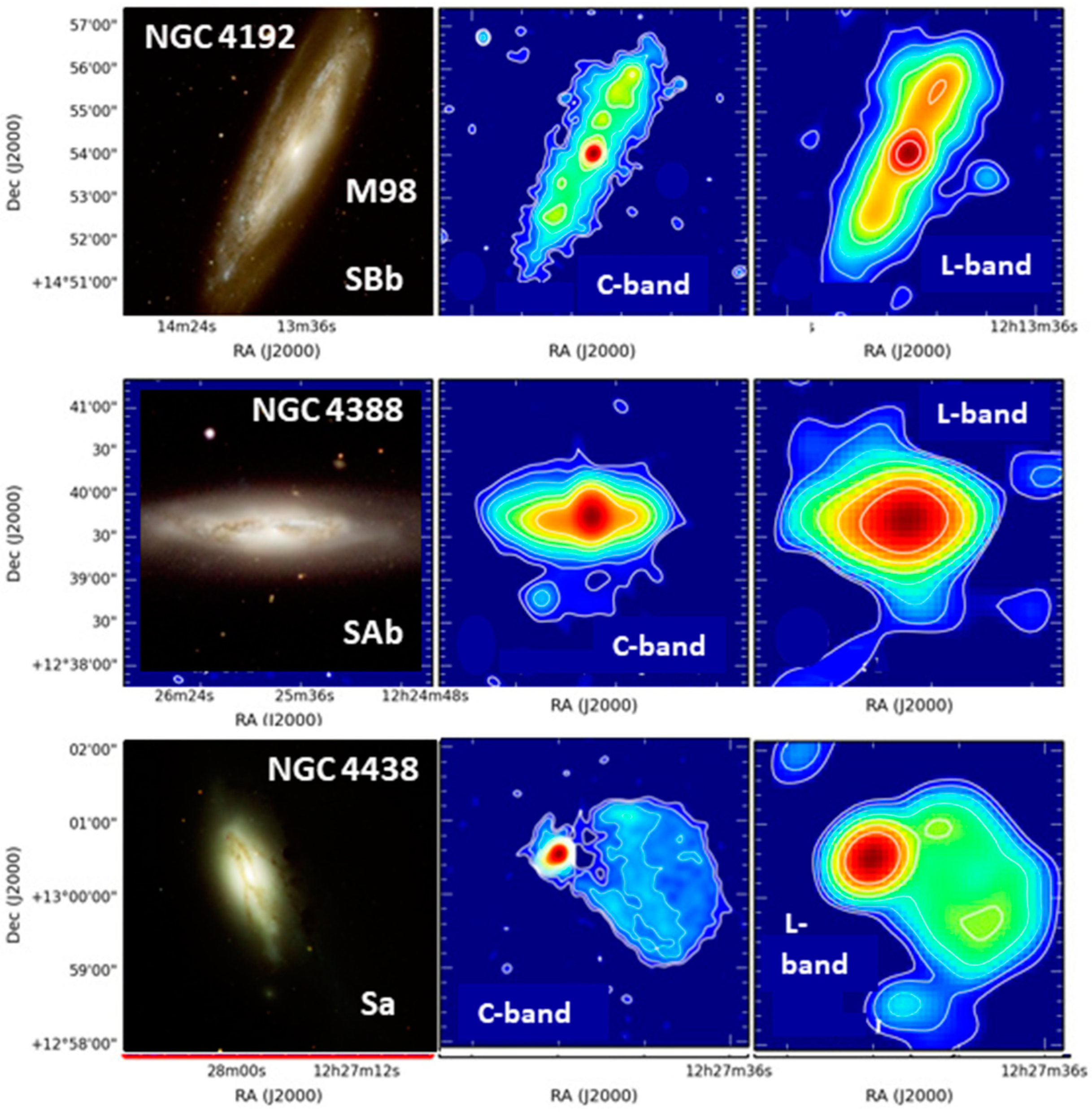
Image 11 of The sun (New York [N.Y.]), September 26, 1901, scp 1000 ubr
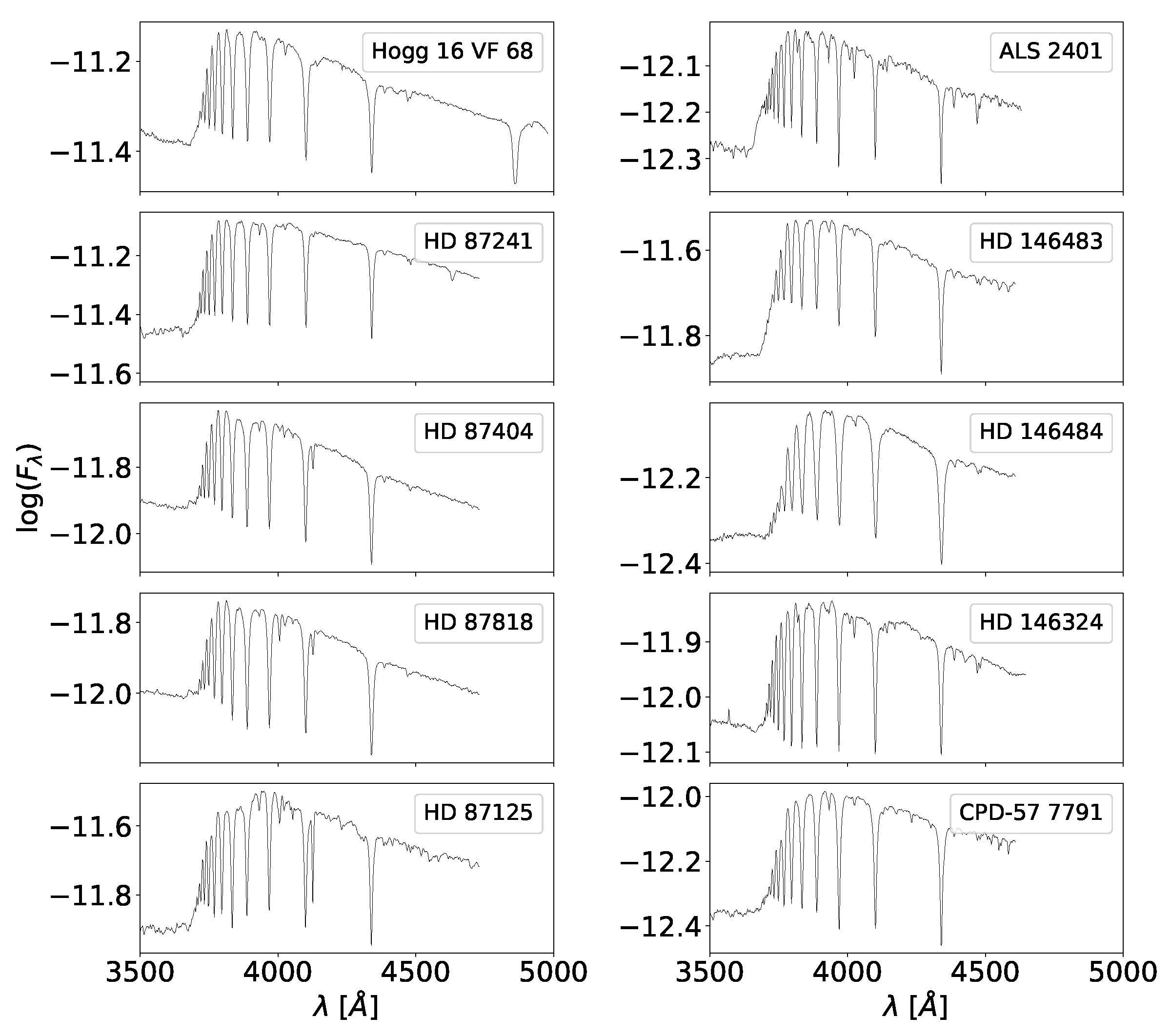
Facts Canis Major drops Facts with Drake in mind as a feature

UET Science Society - There are more possible iterations of chess games than there are atoms in the observable universe(the total number of atoms in the observable universe is somewhere around 10^79

Galaxy Free Font · Pinspiry

Galaxies, Free Full-Text

Pi Day Challenge: Solve Stellar Math Problems With NASA, life the game math answers

Galaxy Images - Free Download on Freepik